The theme for the final exam in photography is ‘Union’. To start with my investigation, I began by reading through the entire exam paper as this provides me with starting points to gain inspiration from before I fully research different interpretations of the theme. I annotated and underlined key pieces of information and the names of any movements or artists so that I could research them later on.
I also used the other exam inspirations for different courses such as Fine Art as this could give me an idea of what else I could incorporate into my work and the different ways that artists inhabit this theme in their work. I used this as my starting point when creating my mood board.
Mood Board:
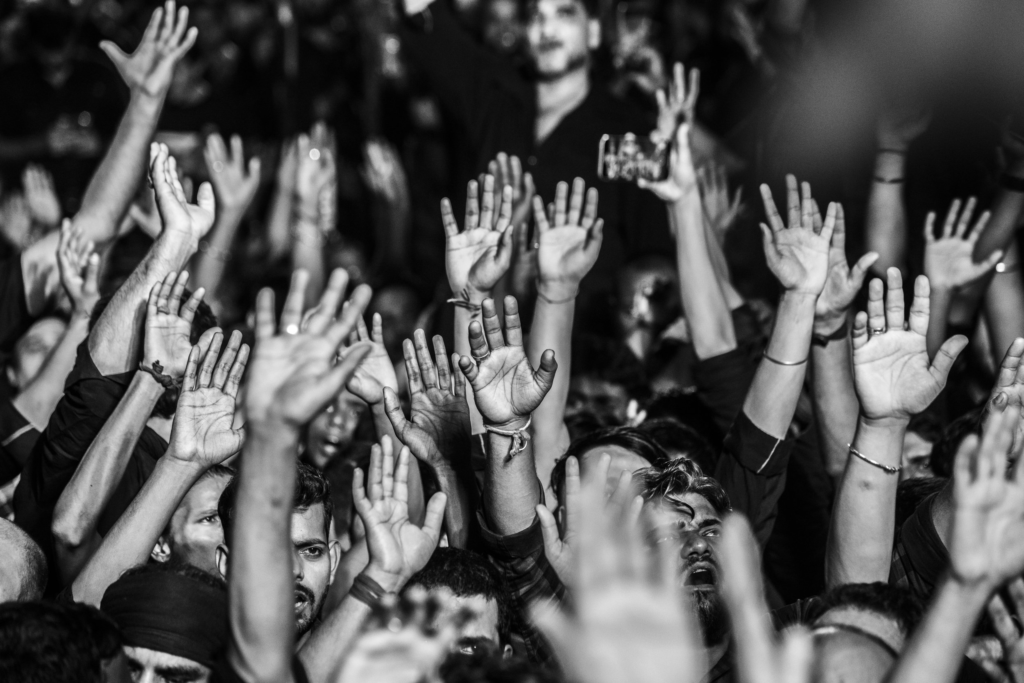
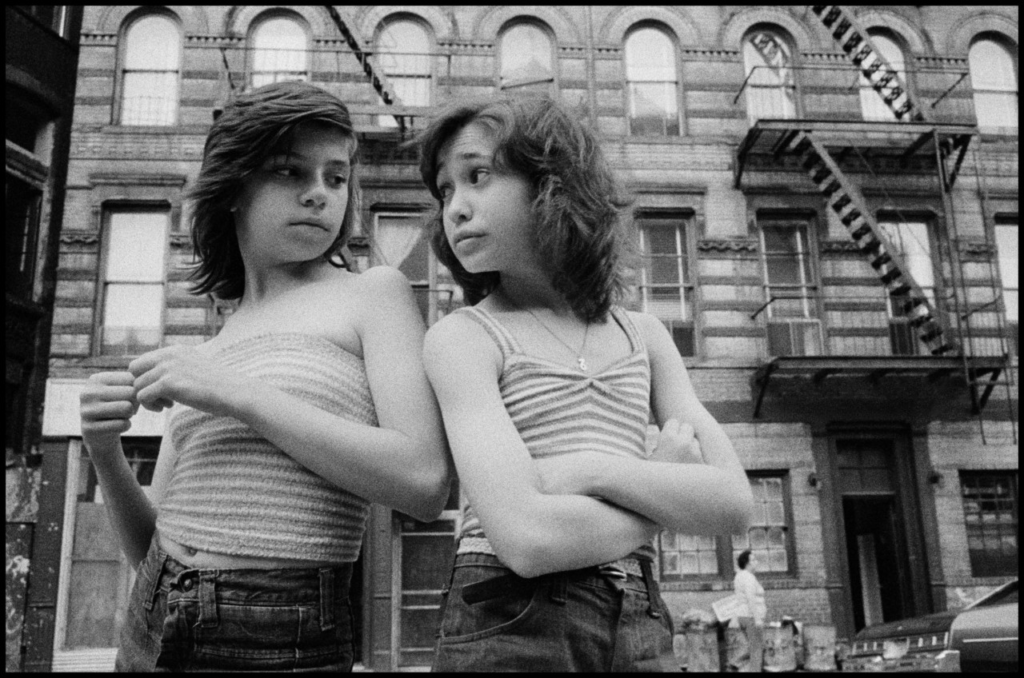

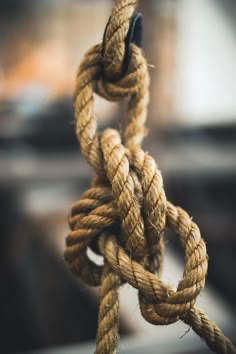
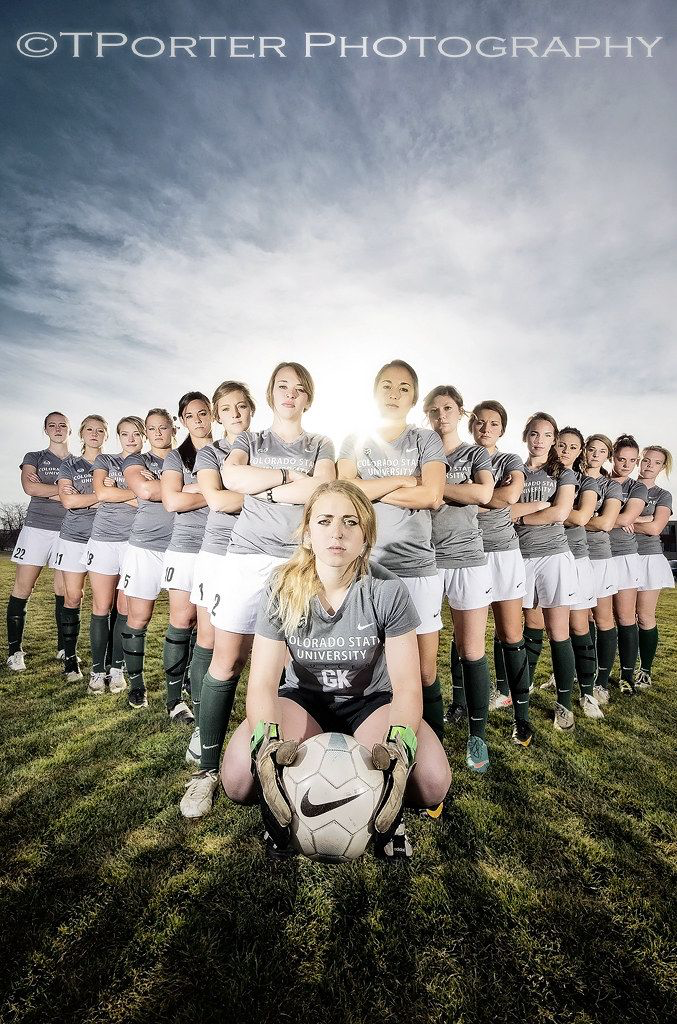
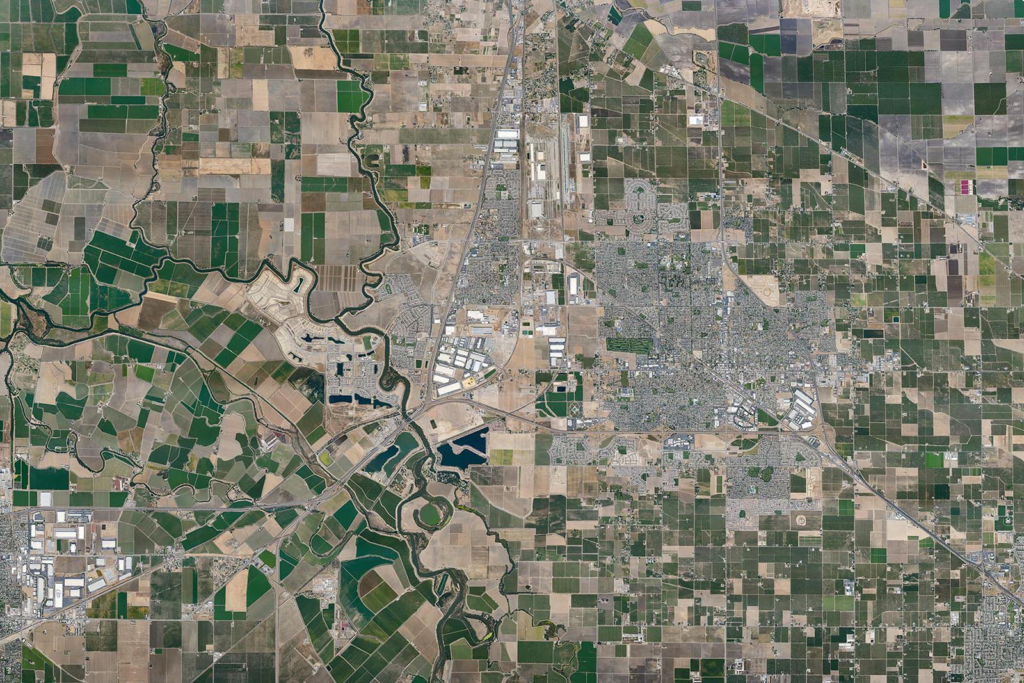
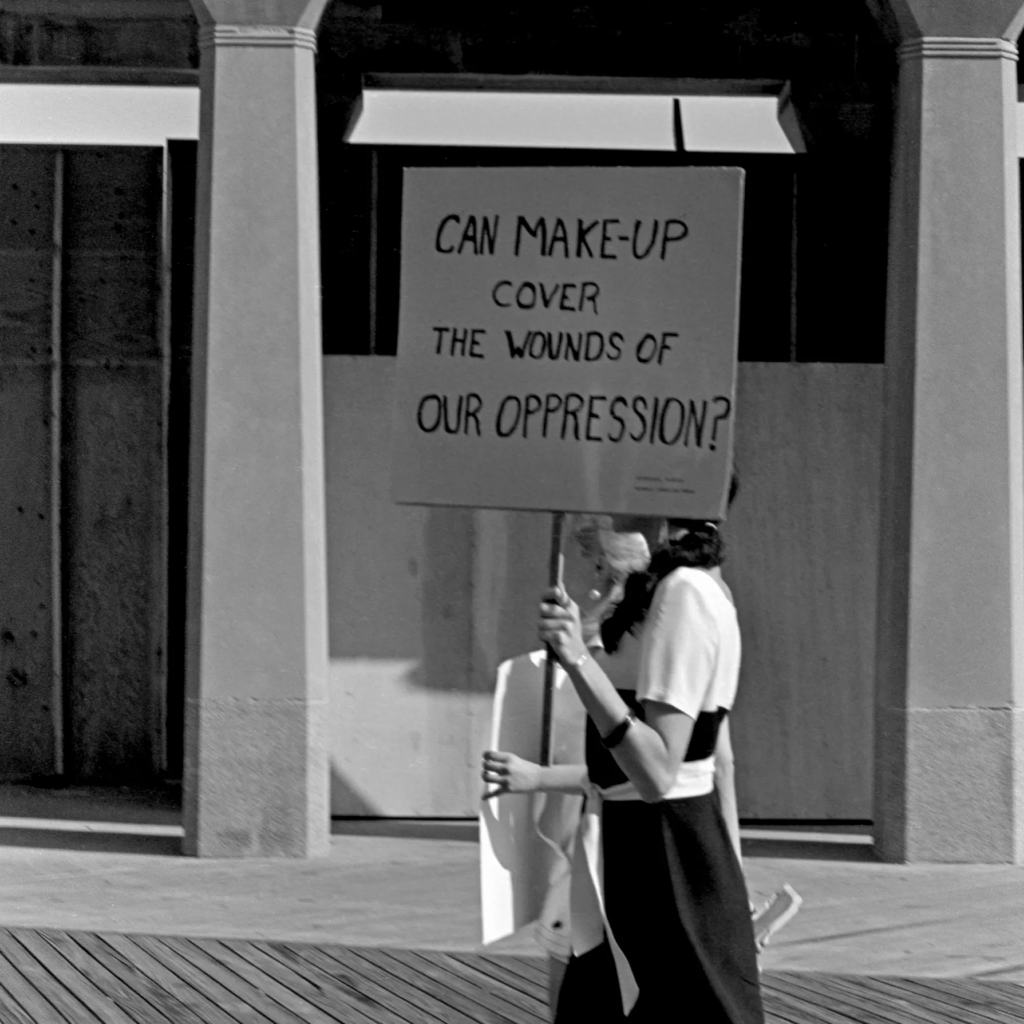
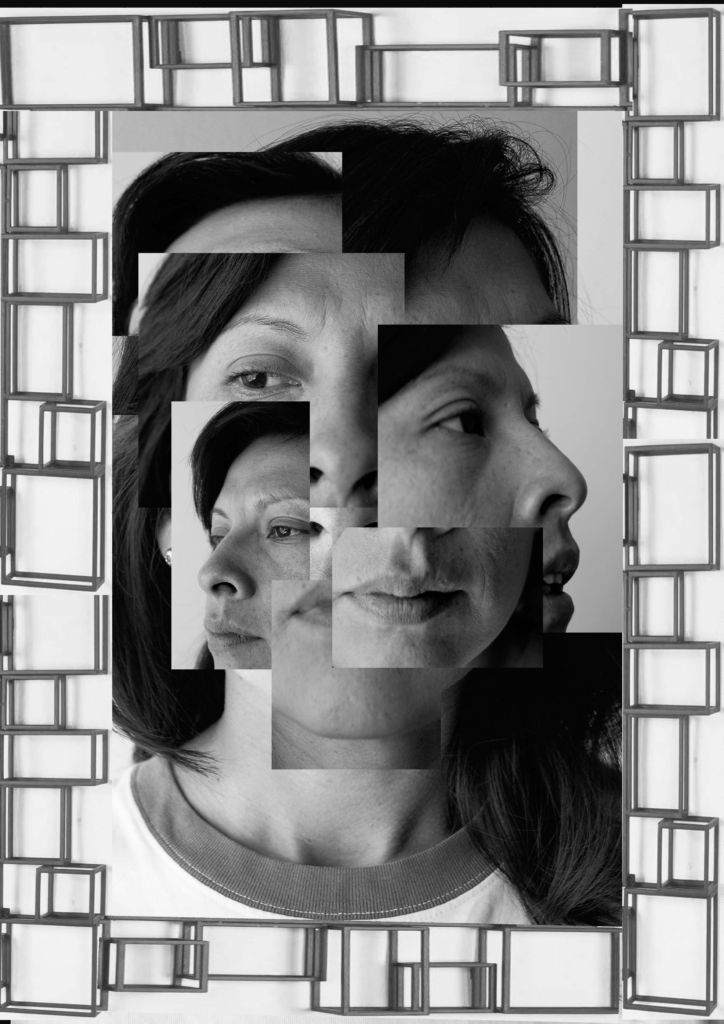
These are just a handful of the suggestions within the exam paper that I found may inspire me. From here, I have already started to think about some different ideas that I want to do.
The word ‘union’ is defined by:
‘a society or association formed by people with a common interest or purpose.’
Once I had defined this term, I began to think of ideas of my own. Some of these ideas were:
- Environmental portraiture in the workplace in relation to trade or work unions
- Cubism in photography
However, one of my favourite ideas I have been inspired by is political movements surrounding feminism and the like. Being a young person, I have always sought importance in keeping myself informed about the different injustices and movements within society because I understand that it is key that I am aware to these things in society. However, growing up in a world as a young girl has meant that I have acknowledged the inequalities between man and woman in society and have experienced the repercussions of normalising these issues.
Because this is a topic that is important to me as a feminist myself, I want to explore as many issues as I can that are highlighted within feminism within this study. These consist of:
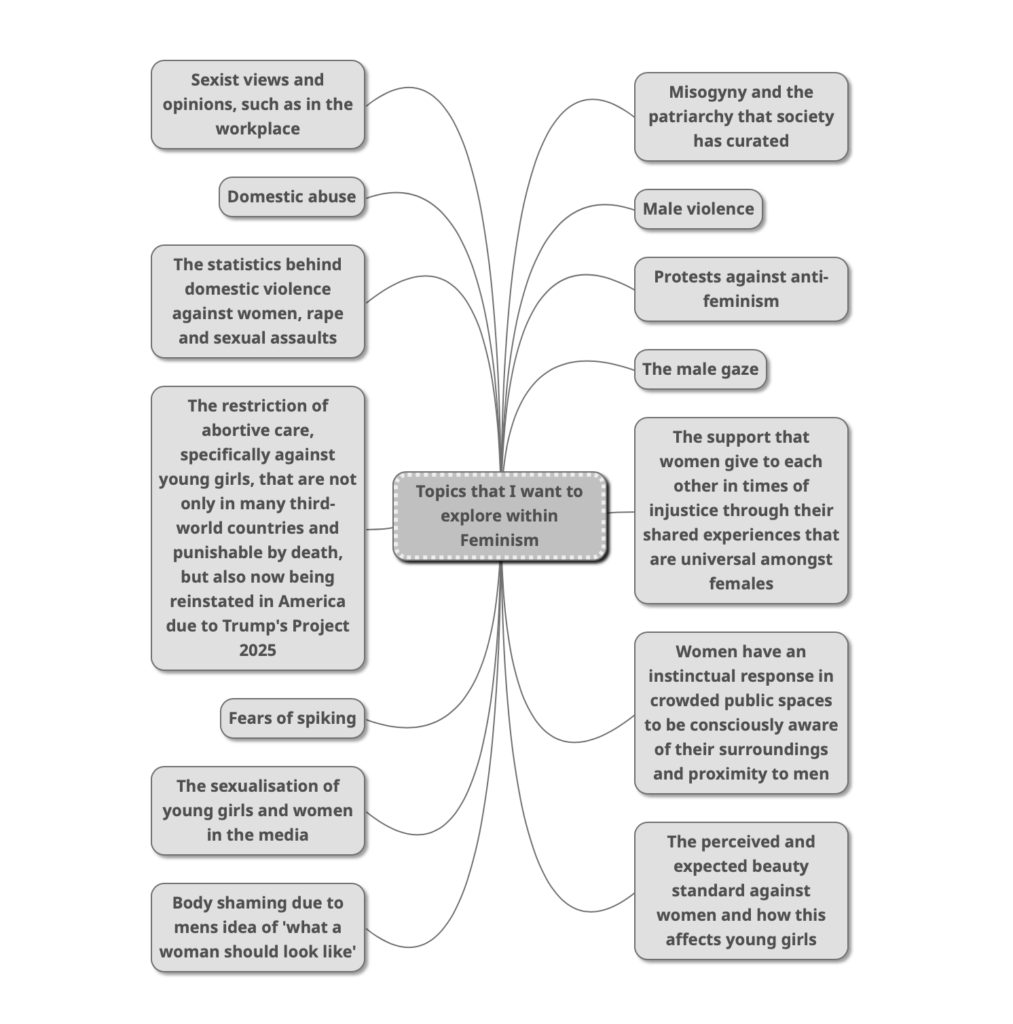
What is Feminism?
Feminism is the advocacy for women rights in society in accordance to gender equality. A common misconception is that feminism is concerned with ‘girls being better than boys’ however this movement strives to remove the barrier between male and female in political, economic, personal and social contexts. A core value of feminism is the position that modern society is infiltrated with patriarchal viewpoints, this being where the male point of view is prioritised due to predetermined stereotypes. This movement is centred around fighting against these close-minded views that women shouldn’t receive the same personal, educational and professional opportunities than men do.
Feminist campaigns originate back to late 18th-century Europe, pushing for women’s equal rights such as the right to vote, earn equal pay, run for governmental office, the right to education, owning property, equal marital rights and maternal leave. These are just a small handful of what the feminist movement has pursued over many years, however this must still be driven to combat the stereotypical views that women equate to lesser than men. This movement was fundamental in ensuring women and girls gain access to contraceptives, legal and standardised abortions, as well as the protection from sexual assault, sexual harassment, rape or domestic violence.
However, these implementations of societal change stem from major historical battles that women have faced for hundreds of years, and are currently still having to be fought for in many third-world countries. For example, there are 24 countries across the world where abortive services are entirely prohibited, according to TIME magazine.

In these third-world countries, this may be due to the undeveloped nature of their medical systems. However in a more familiar and Western world, the U.S Supreme Court overturned Roe v. Wade in 2022, which was a landmark in history that granted women in each state of America access to suitable healthcare surrounding their pregnancy freely to the choice of their own. This removed every woman’s constitutional right to abortion rights in America, and handed it to each state to make a decision of their own. After existing for nearly half a century, this jeopardises many young girls and women’s lives, practically taking a step backwards and undoing all of the work that feminists of the past had strived to complete.
Roe v. Wade was initially passed in 1973 allowing the entire right to an abortion during the first three months of pregnancy, however this has been eroded over the years. For example, Texas – a very republican state which majorly agrees with the pro-life movement – passed a law in 2021 allowing the people to sue clinics and doctors for carrying out an abortive procedure after 6 weeks. Now that Donald Trump has been re-elected as president, one of his plans have begun within his Project 2025 campaign which concerns bans on contraceptives and abortions with absolutely no exceptions. This is entirely dangerous and harmful to the millions of young girls and women across the country who could be put in life-threatening situations without simple access to these services.
With the inability to terminate a pregnancy, this could result in numerous deaths as the mother could die from giving birth – whether this may be from not being developed enough to carry to term or the body straining, rape victims being forced to birth their assaulters baby, not being able to provide for the child due to financial instability or pay the extravagant prices of hospital bills due to the lack of free healthcare, not having a support system in place, or just simply not feeling ready to have a child.
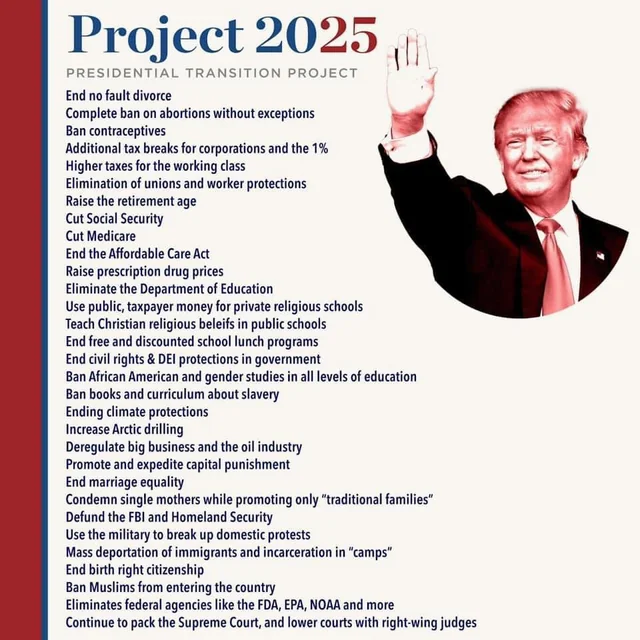
Historical events:
The Suffragettes:
The Suffragettes dominated the feminist movement for several decades, and are a notable period of time of activism for the rights of women. These women were members of an activist organisation in the early 20th century, fighting for the right to vote in the UK.
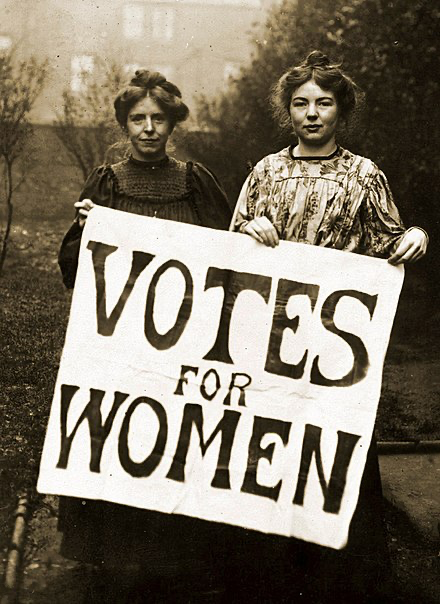
Within this campaign, there was a divide in the choosing of tactics and strategy in making their voices heard.
The Suffragists: NUWSS:
The suffragists sought to achieve women’s suffrage (the right to vote) through deep debating and campaigning through non-violent marches and petitions. This was led by Millicent Fawcett who was the head of the National Union for Women’s Suffrage Societies (NUWSS). This was an organisation, founded in 1897, however was merged with other organisations dated back to the 1860s. This consisted of primarily upper- and middle-class, however there were many women representing the working-class too. This was a limited representation as the working-class would be restricted on the time they would have to attend these protests as this would result in the loss of money when it was already difficult to gain a living in the first place.
Many women who were interested in this movement sent delegates to the NUWSS to then report back the benefits to those who were being represented, many of these women were textile workers, sweated labourers and those who worked in mines. By 1914, the NUWSS had over 100,000 members throughout the country with over 500 branches. Some of these methods of constitutional seeking for change consisted of:
- Public meetings
- Organised petitions
- Wrote letters to politicians
- Published newspapers
- Distributed free literature
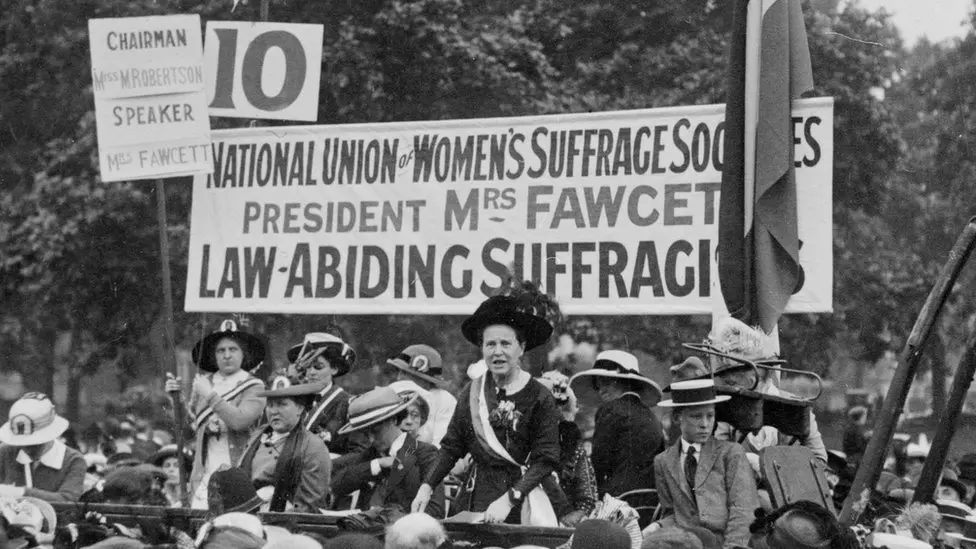
The Suffragettes: WSPU:
With the lack of progress with the NUWSS being disappointing, Emmeline Pankhurst and her daughters formed the Women’s Social and Political Union (WSPU) in 1903. Instead of taking a peaceful approach like the suffragists of the NUWSS, the WSPU decided to use a confrontational manner out of irritation of resistance to change by the government – a male-dominated field at the time. This direct advance was referred to as militancy, leading to these campaigners being called the ‘Suffragettes’ instead of Suffragists. This adding of the suffix ‘ette’ was purposely applied to belittle those taking more dramatic action, portraying the idea that these women were lesser than those acting in a peaceful way. However, this insult stuck and was used by the members of the WSPU themselves. This radicalised approach resulted from a culture of women who had already campaigned tirelessly without seeing results.
The Pankhurst family who formulated the WSPU led the way for the new struggle, and due to them being at the forefront of campaigns they were arrested numerous times, being imprisoned and committing to numerous hunger strikes. The Suffragettes These tactics implemented shocked society due to a large number of these women having well-connected families in middle-class society, with this being reinforced by the traditional stereotype that women should be family-orientated, delicate and nurturing – this was seen as scandalous.
Initially, these tactics were employed to cause disruption and some civil disruption, for example 60,000 people gathered in October 1908 as a ‘rush’ on Parliament – this was intending to invade the House of Commons. However, this was just the beginning, as the lack of government attention resulted in:
- Ruining male-only clubs and golf courses
- Hunger strikes
- Handcuffing themselves to railings/buildings as public displays of resistance
- Planting bombs
- Burning public buildings and unoccupied politicians homes
- Disrupting political meetings, the postal service and the 1911 census (this recorded the details of over 36.3 million men, women and children)
- Smashing windows of private property and government buildings
- Attacking Church of England buildings
- Holding illegal demonstrations
- Heckling MPs
- This is just a fraction of the disruptive strategies that the Suffragettes used to make themselves known and heard.
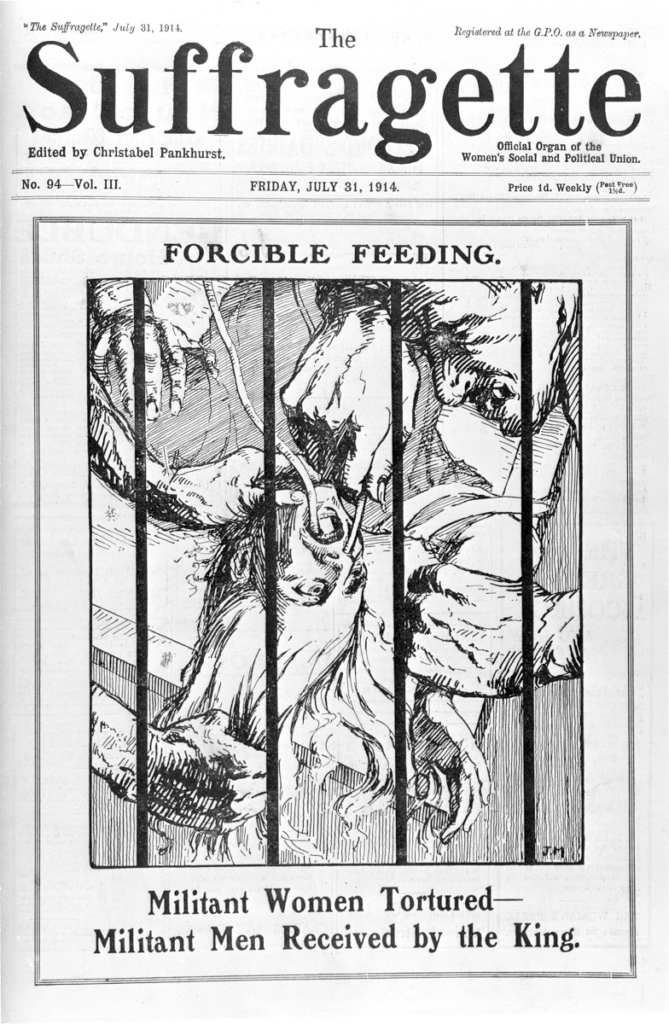
The Suffragists would not co-operate with the Suffragettes as they did not agree with this form of direct action, and believed that non-violent methods were more suitable. Whilst their civil disobedience allowed them to be the main focus of the country at the time, meaning that no politician could ignore them, this meant that the NUWSS’s actions were often overshadowed by the actions of the WSPU. Many historians still argue over which side of the movement furthered the campaign.
Black Friday:
A notable point within the Suffragettes is Black Friday. In the 1908 election campaign, a member of the Liberal Party named Herbert Henry Asquith promised to pass a law that included women’s rights if elected as Prime Minister. With the support of the Suffragettes behind him, he was elected. However until 1916, this actually resulted in Asquith refusing to reform the right to vote, leaving the women with empty promises and anger.
In response, the WSPU organised a march to highlight the issue with his refusal, however the women were met with violence by policemen and male bystanders. This meant that hundreds of women were badly hurt, even resulting in death.
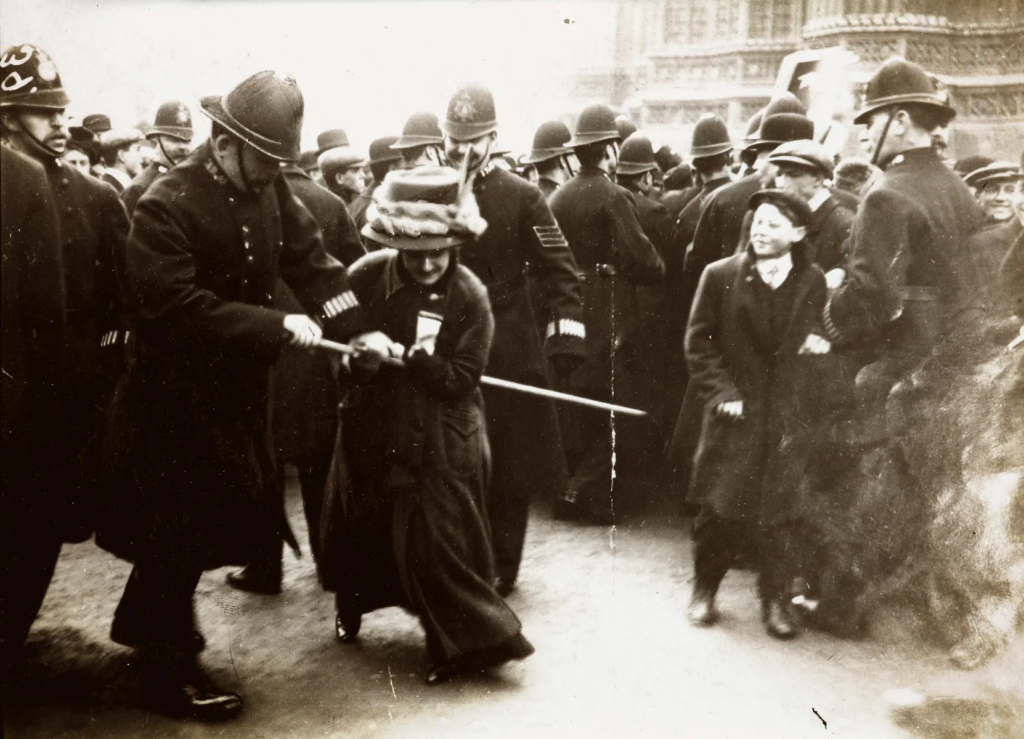
‘Public conscience must be aroused, and it can only be done by attacks on public property. When women’s bodies were battered on Black Friday that was alright but when a few windowpanes are broken, that is all wrong.’ – Emmeline Pankhurst, 2 years later in a newspaper.
The concept of feminism is still fought for in modern society through protests as well as the use of social media. A great example of this is the #MeToo movement where women can come forward online about sexual harassments or assaults and tell their story in hopes to help those who relate or inspire others to come forward about it. This has also involved celebrities too, highlighting to the world that these people are not untouchable and many of them do awful, inhumane things and expect nothing to occur due to their wealth and fame. This is also extremely useful for those who have reported their assaults but have lost their case.
A predominant issue within modern feminism is the focus of misogyny which has been widely practised for thousands of years, this being a dislike of, contempt for, or ingrained prejudice against women or girls, being a partial form of sexism that women should be kept at a lower status than men. This concerns male violence and domestic abuse against women, where approximately 1/4 women (23% or 2.2 million) have experienced violence by an intimate partner since the age for fifteen in the UK. A notable addition to this is the fact that in the event that the England football team wins or draws, the occurrence of domestic violence increases by 26%, and when they lose the percentile increases to 38%.
The feminist movement has been growing strong for hundreds of years, and is still rife in modern society.
Sources:
https://en.wikipedia.org/wiki/Feminism
https://time.com/6173229/countries-abortion-illegal-restrictions
https://en.wikipedia.org/wiki/Suffragette
https://www.bbc.co.uk/bitesize/articles/zh6nsk7#zspyvwx
https://www.bbc.co.uk/news/world-42879161
https://hist259.web.unc.edu/nationalunionofwomenssuffragesocieties/: Exam preparationhttps://noviolence.org.au/wp-content/uploads/2018/09/Whataboutmen.pdf
